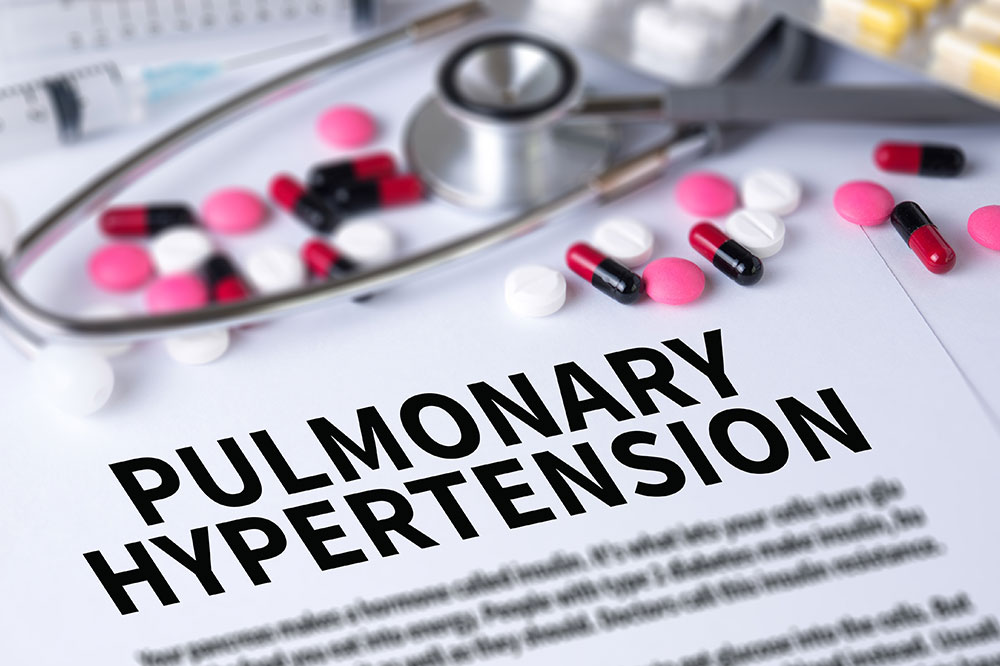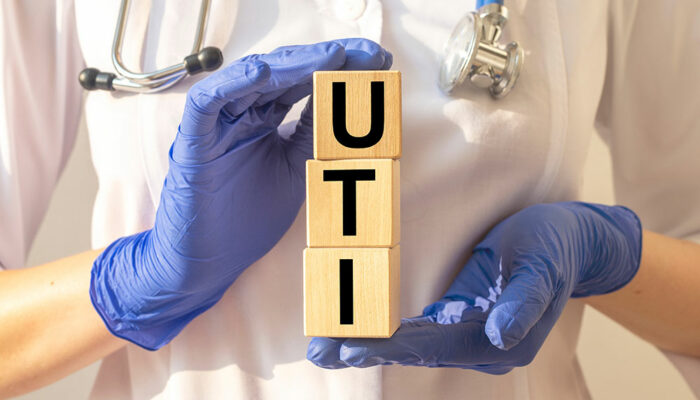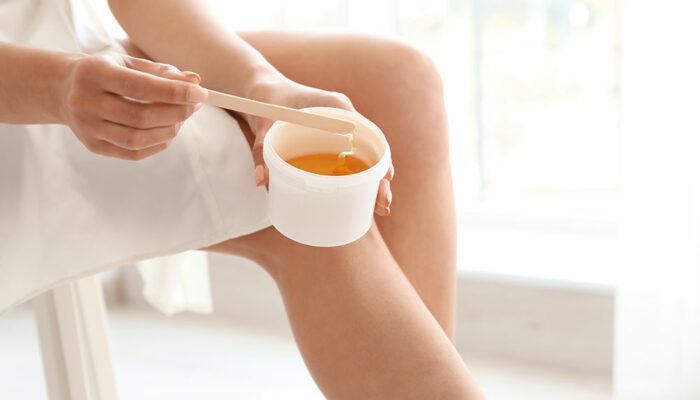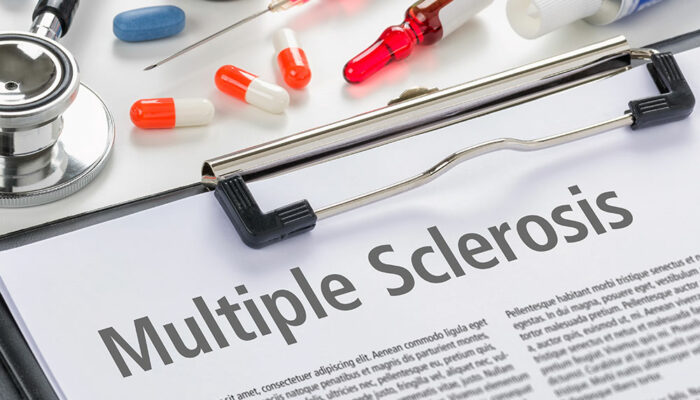
Incorporate These Changes to Manage PAH
Pulmonary arterial hypertension (PAH), a rare condition, is a form of hypertension where the blood pressure in the lungs’ arteries increases. These pulmonary arteries carry blood from the right side of the heart through the lungs. It is progressive, which means it can get worse with time. Moreover, due to this condition, the heart has to work a little harder than usual to pump blood to the lungs and becomes weaker.
PAH and its symptoms
The causes for PAH are still not clear. However, it has been found to affect women between the ages of 30 and 60. People with a family history of PAH also are at risk, and so are those with other chronic illnesses like HIV, liver cirrhosis, or connective tissue disorders.
Symptoms usually involve difficulty in breathing. However, PAH can be very deceptive because symptoms may be mild for a long time and may only show up during heavy exercise routines. These symptoms get worse with time. Some of them are:
● Fatigue
● Swelling of ankles, legs, and the abdomen
● Chest pain or pressure in the chest
● A bluish color of the lips and the skin
● Palpitations
Changes that must be incorporated to manage PAH
In addition to medicinal treatments, a few dietary changes can be incorporated to maintain good health. A few of them are:
1. Intake of salt
It is important to control the consumption of salt and sodium cut down on the possibility of developing edema.
2. Consumption of fluids
Sometimes, drinking too much fluid can cause problems. So, ensure the right amount of fluid intake to avoid or decrease swelling and fluid retention.
3. Intake of supplements
If you currently take any supplements, please think again. The effects of vitamins, minerals, and herbal supplements used can be detrimental. Make sure to seek the opinion of a PH specialist before you choose any dietary supplement.
4. Managing nausea
Make sure you control and manage nausea and vomiting, as they are the side effects of medicines like epoprostenol or treprostinil. One can do so by eating small amounts of food, drinking plenty of liquids, avoiding greasy and fatty foods, and limiting high-carb foods.
5. Intake of stimulants
Cut down on caffeine and alcohol because they can create blood pressure irregularities. Instead, try substitutes like herbal tea.
6. Intake of iron, Vitamin C and K
Some people with PAH might have lower levels of iron and for those, make sure to consume iron-rich food like beans and leafy greens. But at the same time, make sure to keep track of the quantity because leafy greens also contain a good amount of Vitamin K, which can compromise the effect of blood thinners. To maximize iron absorption, consume foods rich in vitamin C, like bell peppers and oranges.



